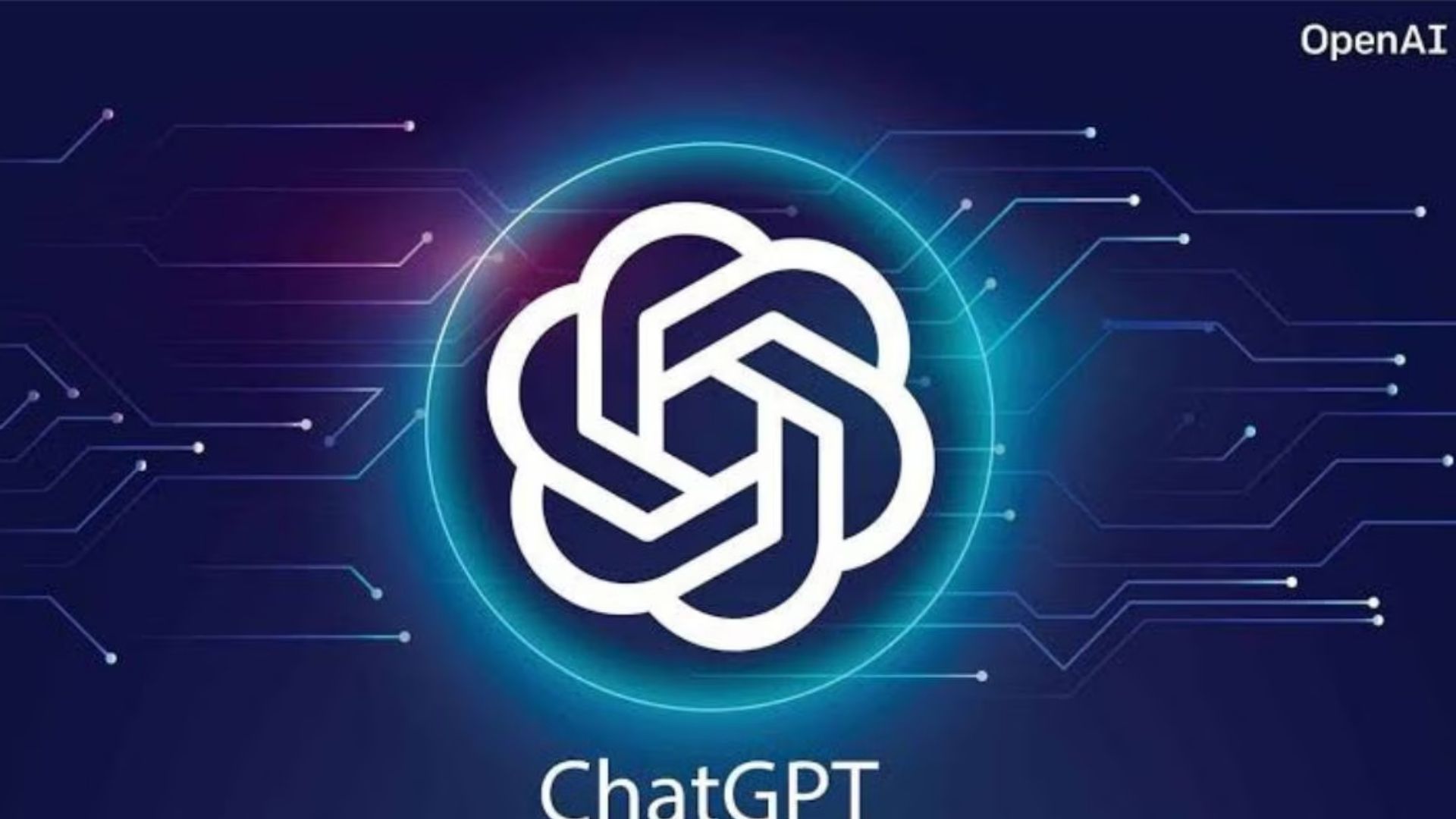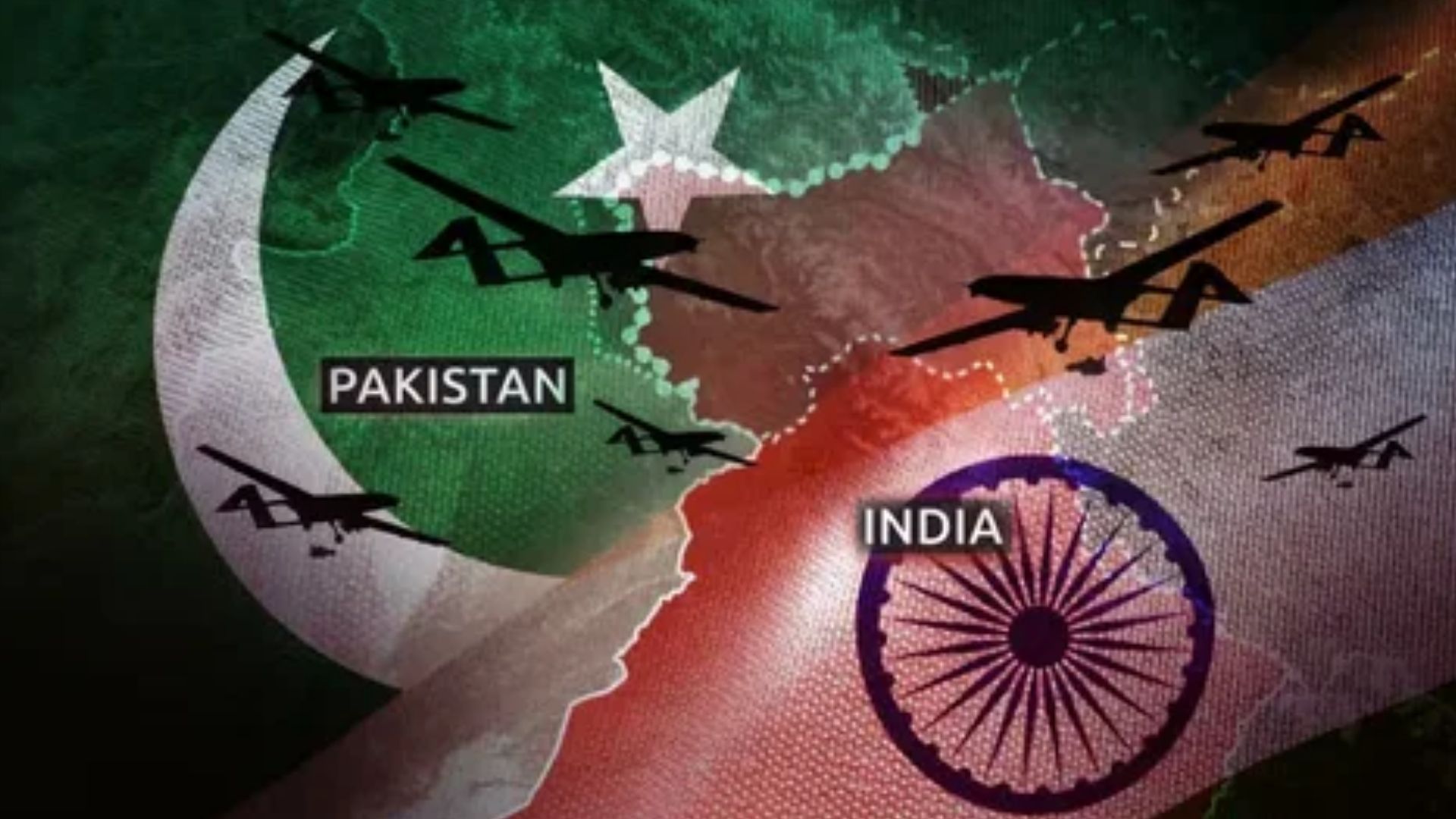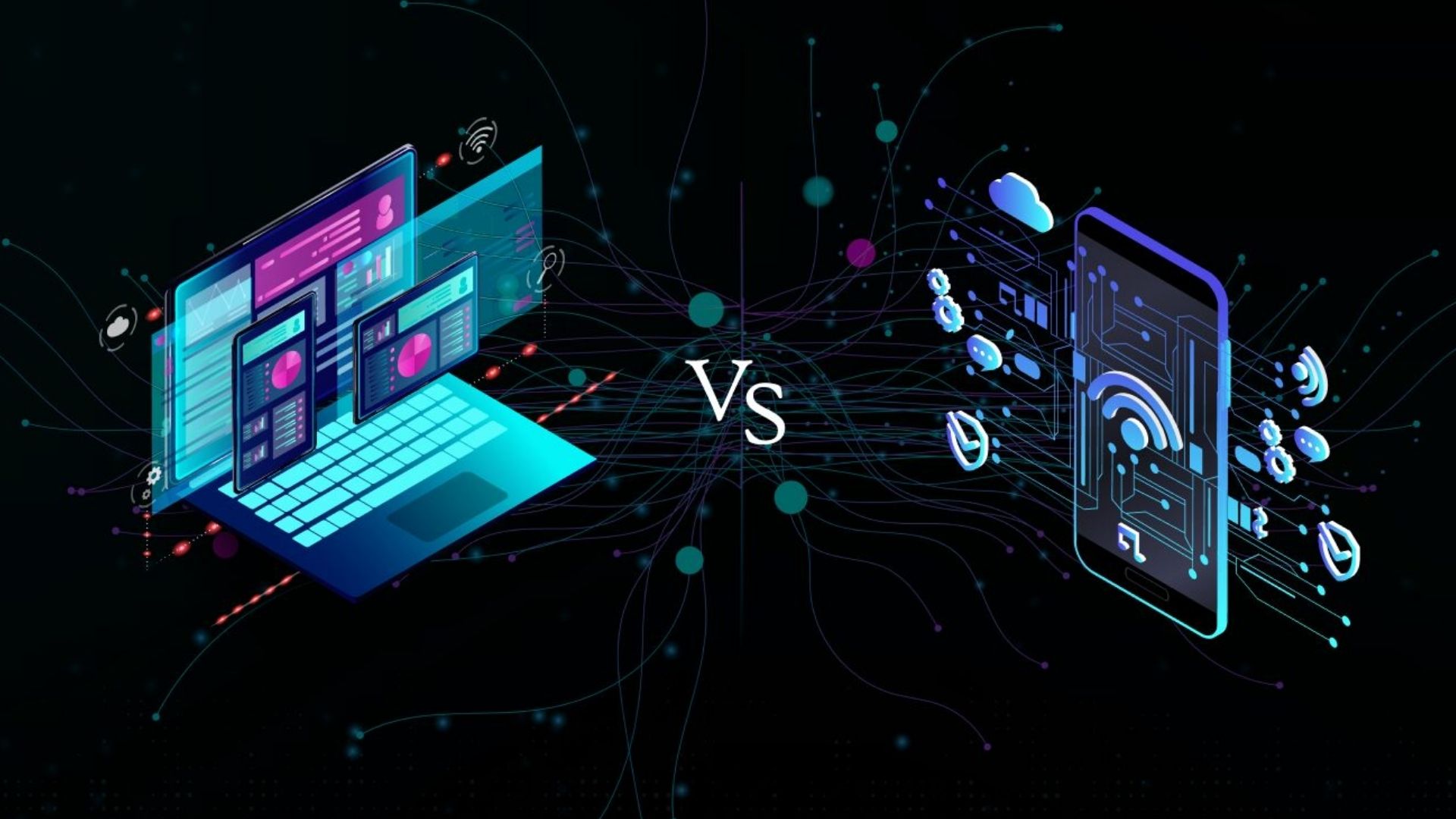In what should have been a celebratory roll-out for OpenAI’s India-specific push, the company’s promotional launch of the ChatGPT Go plan in India stumbled on a familiar hurdle: payment failures. Indian users reporting UPI (Unified Payments Interface) transaction errors during a free-for-one-year promotion have raised questions about infrastructure readiness, cross-border payment complexity, and the broader challenge of scaling global subscriptions in local markets.
Here’s a deep dive into what happened, why it matters, and what both users and industry watchers should keep an eye on.
READ MORE : https://digitalmohit.co.in/category/technology/
What exactly happened
- The promotion
On 4 November 2025, OpenAI announced that users in India who sign up for the ChatGPT Go plan during a limited-time window would receive 12 months free access to this otherwise paid tier. - Payment option failure
- The operating payment route in India includes UPI — a very common and trusted method with recurring payments (“UPI Autopay”) for subscriptions.
- Yet, users reported that when they chose UPI on the subscription page, the transaction stuck: approval in the app, no confirmation back, no subscription activation.
- In fact, OpenAI/Stripe posted a message: “We are currently experiencing an issue processing UPI payments. UPI has been temporarily disabled. We expect to resolve within 12-24 hours.”
- Not the first time
This is not an isolated incident. Back in August 2025, when ChatGPT Go (or its India-specific variant) was first launched at ₹399/month, the UPI payment method via Stripe also failed. - Card payments working
It appears that card-based recurring payments were still functioning, so the problem seems isolated (so far) to UPI / autopay routes.
READ MORE : https://digitalmohit.co.in/category/news/
Why this issue matters
For users
- Ease & trust: In India, UPI is the go-to payment system for recurring subscriptions thanks to its low friction and ubiquity. A failure here hits user experience, especially when a “free” offer is spoilt by a technical fault.
- Perception & brand: Free offers are meant to build good will. A glitch can turn good will into frustration and mistrust (“why is the free thing not working for me?”).
- Access & inclusivity: India is a key growth market for AI-tools and subscriptions. Payment problems risk leaving a portion of the market underserved.
For OpenAI & Stripe
- Scaling local payments: Global companies often struggle with integrating local payment rails. What works in one market doesn’t always work seamlessly in another.
- Cross-border complexity: One analysis pointed out the “cross-border nature of the payment” may be contributing to the problem (international payment aggregator + local bank + regulatory hoops).
- Strategic value of India: India is among OpenAI’s fastest-growing markets, reportedly the second-largest for ChatGPT globally. A misstep in payments could slow momentum.
- Technical & reputational risk: Beyond immediate lost subscriptions, such glitches may dampen developer, partner or enterprise confidence in the region.
What might be causing the glitch
- UPI-Autopay & Recurring Mandate: In India, recurring payments via UPI (UPI Autopay) is widely used. The system requires banks, aggregators and merchants to handle mandates properly. A failure in mandate creation or flow can stall subscription activation.
- International aggregation: Stripe may be integrating local UPI rail via a local aggregator/bank, and the authorization/settlement chain could be more complex than typical card payments. One source said: “It is likely that Stripe works with a payment processor in India for the UPI integration and a bank to facilitate the international money transfer.”
- Timing / volume spike: With a large “free for a year” promotion, there is an added volume/traffic spike and more failures likely when a new payment flow is activated.
- Regulatory/local policy constraints: India has unique payment rules (e.g., for recurring payments, foreign merchant settlement, etc.). These often create edge-cases.
- UI/UX issues: Even when approval is given in the UPI app, the callback to the subscription page may fail or timeout, leaving users stuck. The report mentions users waited more than 30 minutes for a page that should work in <30 seconds.
The broader context
- UPI is massive in India: According to publicly available figures, UPI processes tens of billions of transactions per month and has become the dominant digital payment mode.
- India’s startup & subscription market: For SaaS, consumer subscriptions and global apps, India is a growth market. Companies that crack payments locally gain advantage.
- AI subscription competition: OpenAI is competing in India not only for users but for developer ecosystem, enterprise traction. Payment frictions may tip the user perception.
What users & companies can do
For users
- If you face a UPI failure while subscribing to ChatGPT Go (or similar offers):
● Try switching payment method (credit/debit card) if available.
● Wait for official update from OpenAI/Stripe about UPI restoration.
● Check for announcements on social or official support channels. - Be mindful: Free offers still require activation and sometimes a mandate for future payment. Even if “free for 12 months”, the underlying payment setup may be required (as the promotion states “only the first year is free, after which the recurring deduction begins”).
For companies/merchants
- Localised payment flow testing: Prior to large promotions, perform load- and failure-scenario testing especially for local rails like UPI.
- Clear UX and fallback: If the UPI mandate fails, provide clear fallback options (card, wallet) and communicate status.
- Transparent user communication: Users attempting a free offer expect smooth flow. If it fails, message clarity around “we’re working on it” helps preserve goodwill.
- Monitor regulatory/settlement risk: For cross-border payment flows, ensure local regulatory mandates are satisfied (settlement, foreign exchange, merchant of record) to avoid hidden failures.
- Analytics on payment success by rail: Track success/failure rates by payment type (card vs UPI vs wallet) and time-stamps; correlate with promotions/spikes.
Why this could be more than “just a payment bug”
- Trust erosion: When a consumer offering fails at the payment step, trust is impacted. In subscription business models, onboarding friction is critical.
- Competitive disadvantage: If peer services offer seamless subscriptions and local payment flows while you don’t, users may switch.
- Operational cost: Fixing payment failures after launch is more expensive (support, refunds, reputational risk) than upfront readiness.
- Growth ceiling: As OpenAI emphasises India’s market potential, systemic payment issues can cap growth or delay monetisation.
Final thoughts
For a company like OpenAI, which is aggressively pushing into India’s vast market with a free-for-one-year offer of ChatGPT Go, hitting a payment failure – especially on UPI, arguably the most intuitive payment method in India — is a serious dent. It doesn’t just affect a few users; it affects perception, onboarding momentum, and local adaptation credibility.
That said, this is not a death-blow: The card payment route remains, and many users may still activate via that. The real test will be how quickly OpenAI (and Stripe) fixes the issue, communicates with users, and ensures for future offers that local payment rails are robust and seamless.
From your vantage point — whether as a user or developer/entrepreneur in India — this incident is a reminder: payment infrastructure matters just as much as the product offering. In subscription-driven models, the last mile (payment & activation) can often be the difference between growth and friction.
















Leave a Reply